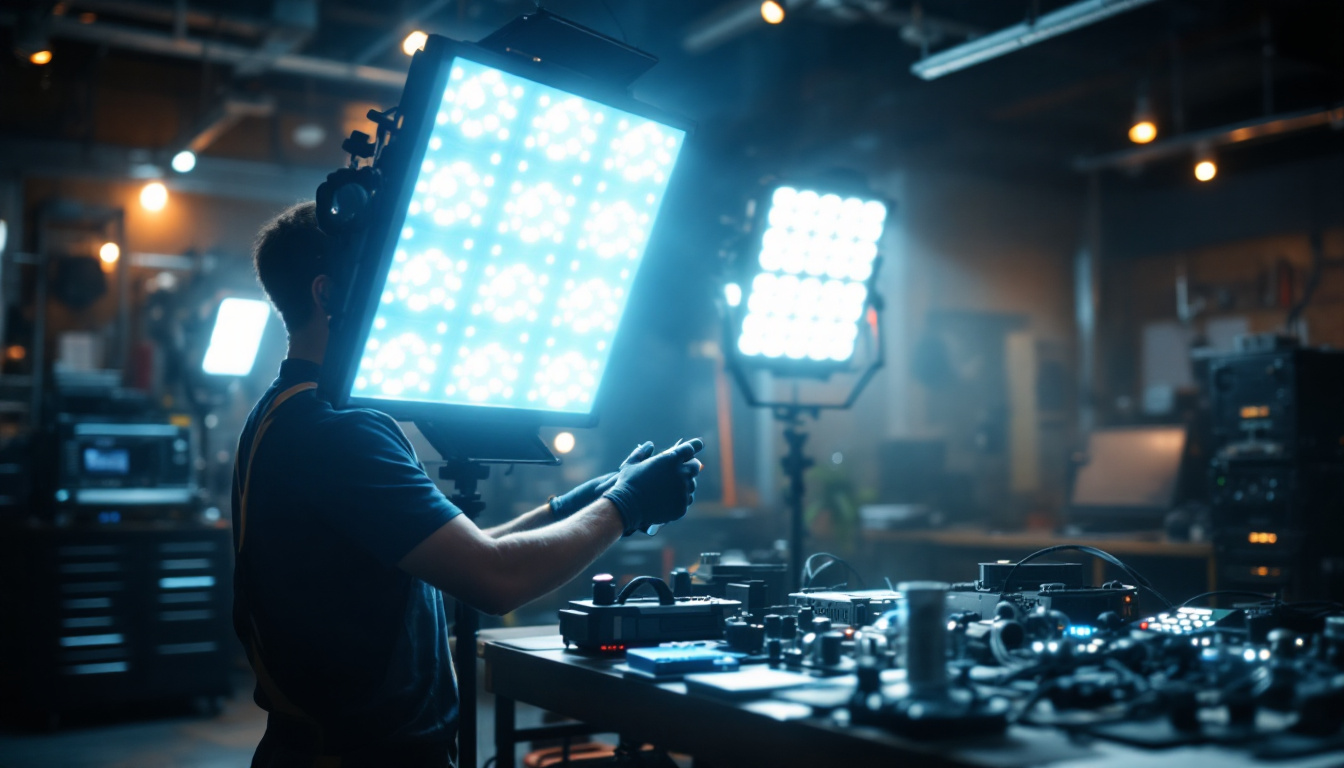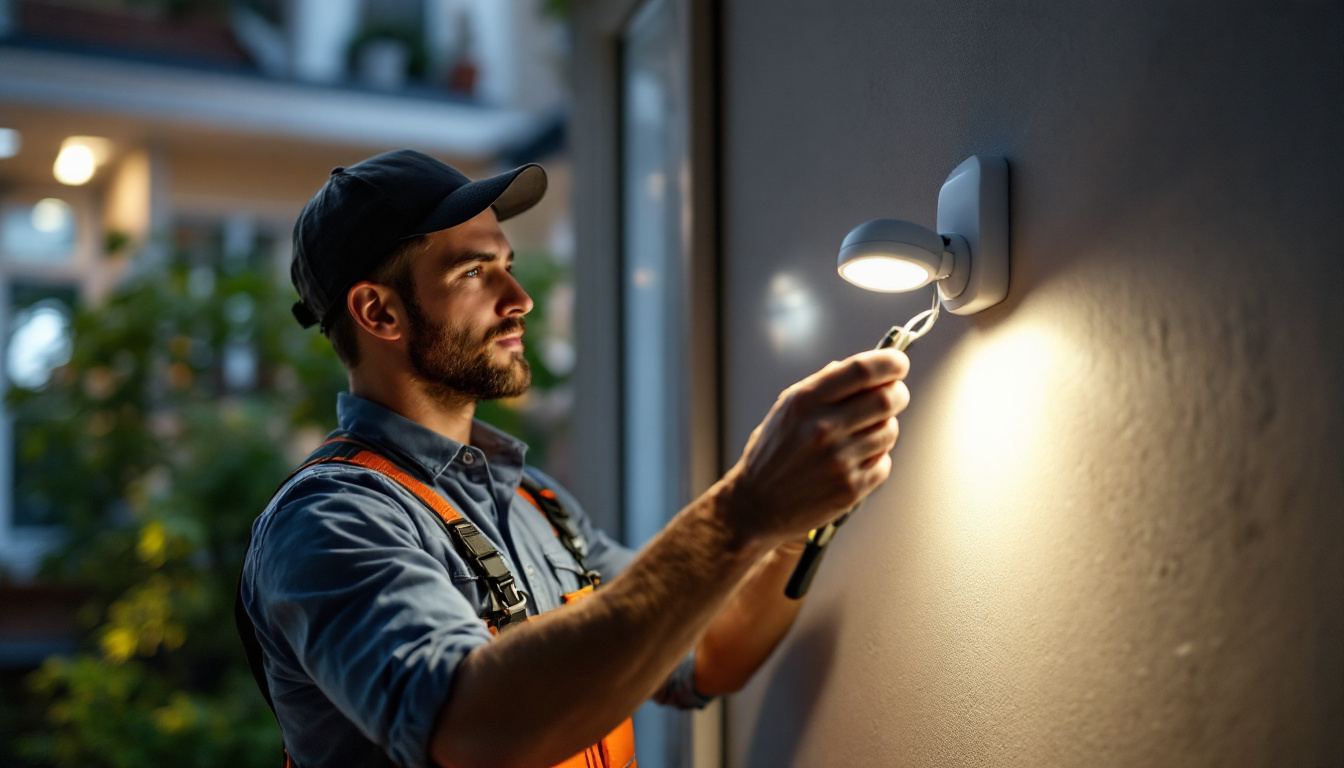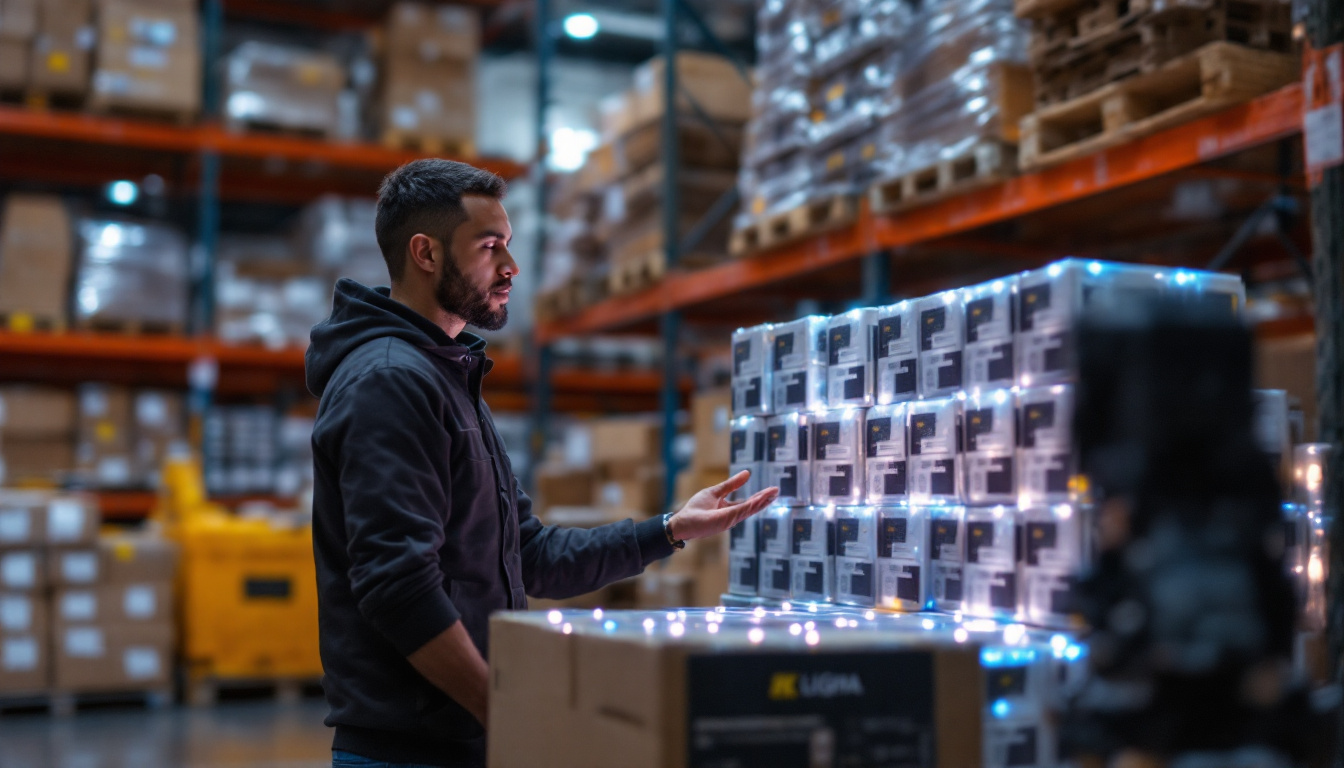

LED light fixtures have become increasingly popular in commercial and residential spaces, especially for drop ceilings. These fixtures offer energy efficiency, longevity, and a variety of design options that make them ideal for various applications. Understanding the unique characteristics of LED fixtures is essential for lighting contractors who aim to provide the best solutions for their clients.
Drop ceilings, also known as suspended ceilings, are a common architectural feature in many buildings. They provide an easy way to conceal wiring, plumbing, and ductwork while allowing for flexibility in lighting design. LED fixtures designed for drop ceilings are specifically engineered to fit seamlessly into these spaces, ensuring both aesthetic appeal and functional performance.
One of the most significant advantages of LED fixtures is their energy efficiency. Compared to traditional incandescent or fluorescent lights, LED lights consume significantly less energy, which translates to lower utility bills for clients. This efficiency is particularly beneficial in commercial settings where lighting can account for a substantial portion of energy costs.
Another key benefit is the longevity of LED fixtures. With a lifespan that often exceeds 25,000 hours, these lights require less frequent replacement, reducing maintenance costs and disruptions. This durability is especially appealing to businesses looking to minimize downtime and maintain a consistent aesthetic throughout their facilities.
In addition to energy savings and longevity, LED fixtures also contribute to improved lighting quality. They emit a bright, consistent light that enhances visibility and reduces eye strain, making them an ideal choice for workspaces, schools, and healthcare facilities. Moreover, many LED fixtures offer adjustable color temperatures, allowing users to customize the ambiance of a room according to specific needs or preferences. This versatility can significantly enhance the overall experience of occupants, whether in a bustling office or a serene waiting room.
Furthermore, the installation of LED fixtures in drop ceilings can lead to enhanced sustainability practices. As businesses and homeowners become more environmentally conscious, the use of LED technology aligns with green building initiatives. Many LED fixtures are made from recyclable materials and are free of harmful substances like mercury, making them a safer choice for both people and the planet. By opting for LED lighting solutions, clients can not only reduce their carbon footprint but also contribute to a healthier indoor environment, promoting well-being and productivity.
When selecting LED fixtures for drop ceilings, several features should be taken into account to ensure optimal performance and satisfaction. Understanding these features can set top lighting contractors apart from the competition.
Brightness is a critical factor when choosing LED fixtures. Measured in lumens, the brightness of the light should be appropriate for the space it will illuminate. For example, office environments may require brighter lighting to enhance productivity, while relaxation areas might benefit from softer, warmer tones.
Color temperature, measured in Kelvin (K), also plays a significant role in the ambiance of a space. Warmer tones (around 2700K to 3000K) create a cozy atmosphere, while cooler tones (4000K to 5000K) can promote alertness and focus. Understanding the intended use of the space will help contractors recommend the most suitable color temperature for their clients.
The design of LED fixtures can greatly influence the overall look of a drop ceiling. From sleek, modern designs to more traditional styles, contractors must consider the aesthetic preferences of their clients. Additionally, the size and shape of the fixtures should complement the dimensions of the drop ceiling grid to ensure a harmonious appearance.
Furthermore, some LED fixtures come with adjustable features, allowing for directional lighting. This flexibility can enhance the functionality of the space, providing targeted illumination where it’s needed most. Moreover, the choice of materials and finishes can also impact the overall aesthetic; fixtures made from high-quality metals or premium plastics can add a touch of elegance and durability, making them a worthwhile investment for long-term use.
Another important aspect to consider is the energy efficiency of the LED fixtures. Many modern options are designed not only to provide excellent illumination but also to minimize energy consumption. This can lead to significant cost savings over time, making them an attractive choice for both residential and commercial applications. Additionally, energy-efficient fixtures often come with longer lifespans, reducing the frequency of replacements and maintenance, which is a crucial factor for contractors and clients alike.
Proper installation is crucial for maximizing the performance of LED light fixtures in drop ceilings. Lighting contractors must be well-versed in the installation process to ensure that fixtures operate efficiently and safely.
Before installation, it’s essential to assess the electrical requirements of the LED fixtures. Most LED lights operate on low voltage, which may necessitate specific wiring and transformer setups. Contractors should be familiar with local electrical codes and regulations to ensure compliance and safety.
Additionally, understanding the power load is vital. Overloading circuits can lead to flickering lights or, in worst-case scenarios, electrical fires. A thorough evaluation of the existing electrical infrastructure will help contractors recommend the appropriate fixtures without compromising safety.
Compatibility with the ceiling grid is another critical aspect of installation. Different drop ceiling systems have varying grid sizes and configurations, which can affect how fixtures are mounted. Lighting contractors should be knowledgeable about the various grid types and how to modify fixtures if necessary to ensure a secure and aesthetically pleasing installation.
Moreover, ensuring that the fixtures are level and properly aligned within the grid is essential for a professional finish. Attention to detail during installation can significantly enhance the overall appearance of the lighting system.
As sustainability becomes an increasingly important consideration in construction and renovation projects, lighting contractors must prioritize energy-efficient solutions. LED fixtures are inherently more sustainable than traditional lighting options, but there are additional strategies to enhance their environmental benefits.
Integrating smart lighting solutions can further improve energy efficiency. These systems allow for automated control of lighting, including dimming and scheduling, which can reduce energy consumption when spaces are unoccupied. Contractors should be familiar with various smart lighting technologies and how to incorporate them into their designs.
Moreover, educating clients about the benefits of smart lighting can help them make informed decisions that align with their sustainability goals. This knowledge can position contractors as trusted advisors in the realm of energy-efficient lighting.
Proper disposal of old lighting fixtures and materials is another aspect of sustainability that contractors should consider. Many LED fixtures are recyclable, and contractors can establish partnerships with recycling facilities to ensure responsible disposal practices. This commitment to sustainability can enhance a contractor’s reputation and attract environmentally conscious clients.
Top lighting contractors recognize that their role extends beyond installation. Educating clients about the features and benefits of LED fixtures is essential for ensuring satisfaction and fostering long-term relationships.
Contractors should provide clients with detailed information about the LED fixtures being installed, including their energy efficiency ratings, expected lifespan, and maintenance requirements. This transparency helps clients understand the value of their investment and encourages them to take proper care of their lighting systems.
Additionally, offering guidance on how to operate and adjust smart lighting systems can empower clients to make the most of their new fixtures. This level of support can set contractors apart from competitors who may not prioritize client education.
Offering follow-up services can further enhance client satisfaction. After the installation, contractors can schedule check-ins to ensure that the lighting is performing as expected and address any concerns. This proactive approach demonstrates a commitment to quality and customer service, which can lead to repeat business and referrals.
The lighting industry is continually evolving, with new technologies and design trends emerging regularly. Successful lighting contractors must stay informed to provide the best solutions for their clients.
Advancements in LED technology, such as tunable white lighting and human-centric designs, are changing the way spaces are illuminated. Contractors should actively seek out training and resources to understand these innovations and how they can be applied in various settings.
Additionally, exploring the integration of renewable energy sources, such as solar-powered LED fixtures, can position contractors as leaders in sustainable lighting solutions. Being at the forefront of these trends can enhance a contractor’s credibility and attract a broader client base.
Networking with other professionals in the lighting industry can provide valuable insights and opportunities for collaboration. Attending industry conferences, workshops, and trade shows can help contractors stay updated on the latest products and practices.
Moreover, investing in professional development through certifications and training programs can enhance a contractor’s skills and knowledge. This commitment to growth not only benefits the contractor but also translates to better service for clients.
In the competitive landscape of lighting contracting, understanding LED light fixtures for drop ceilings and what sets top contractors apart is crucial. From selecting the right fixtures to ensuring proper installation and providing ongoing support, every aspect plays a role in delivering exceptional service.
By prioritizing energy efficiency, staying informed about industry trends, and fostering strong client relationships, lighting contractors can distinguish themselves in a crowded market. Ultimately, the goal is to create well-lit spaces that enhance functionality and aesthetics while meeting the evolving needs of clients.
Ready to elevate your lighting game and set your services apart? At LumenWholesale, we provide lighting contractors like you with the highest quality LED light fixtures for drop ceilings, ensuring your projects shine with efficiency and style. Our spec-grade lighting products come at unbeatable wholesale prices, giving you the competitive edge you need. Say goodbye to local distributor markups and hello to our extensive selection that meets rigorous industry standards. Plus, with free shipping on bulk orders, you can stock up on premium lighting without any hidden fees. Don’t compromise on quality or value; choose LumenWholesale for the perfect blend of affordability and convenience. Wholesale Lighting at the Best Value is just a click away.

Discover the ultimate guide for lighting contractors with our comprehensive resources on LED industrial lights.

Discover the essential checklist for lighting contractors focusing on sensor automatic lights.

Discover how partnering with commercial grow light companies can give lighting contractors a competitive edge in securing more bids.

Discover why purchasing solar-powered LED lighting in bulk from local distributors might not be the best choice.
Get notified when NEW deals are released.
Optimize your budget with wholesale discounts.
Only top-quality, specification-grade lighting products.
No additional costs at checkout - what you see is what you pay.
We understand the unique needs of contractors.